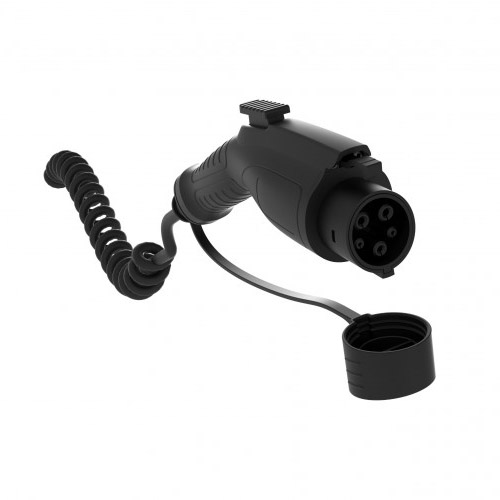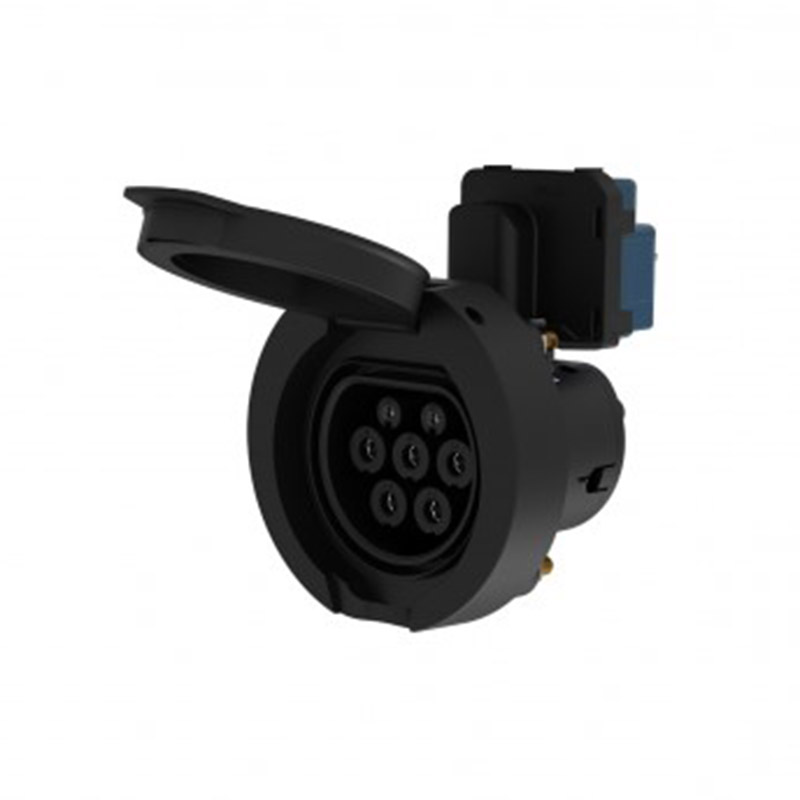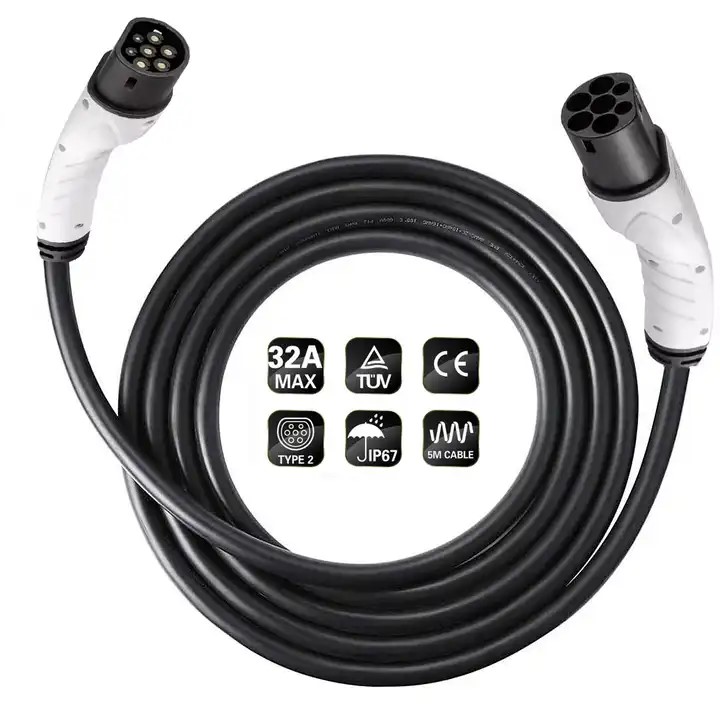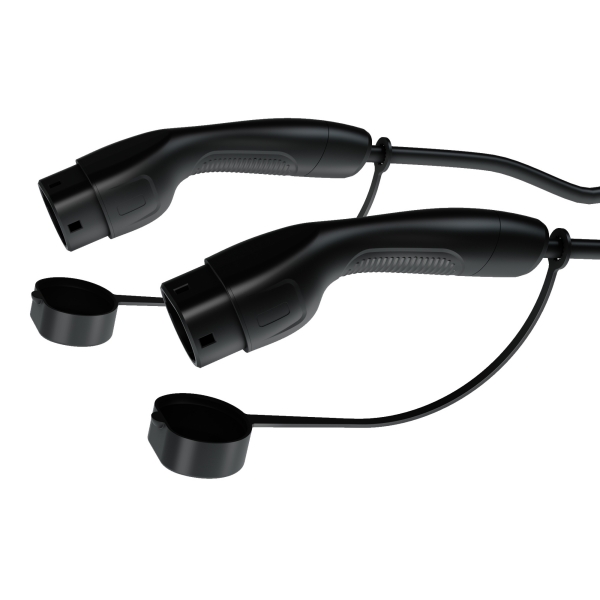EV AC Charger Technical parameters
|
Power input |
Input rating |
AC380V 3ph Wye 32A max. |
|
Number of phase / wire |
3ph/L1,L2,L3,PE |
|
|
Power output |
Output power |
22kW max(1gun) |
|
Output rating |
380V AC |
|
|
Protection |
Protection |
Over current, Under voltage, Over voltage, Resid ual current, Surge protection, Short circuit, Over t emperature, Ground fault |
|
User interface & control |
Display |
LEDs |
|
Support language |
English (Other languages available upon request) |
|
|
Environmental |
Operating temperature |
-30 ℃to+75℃(derating when over 55℃) |
|
Storage temperature |
-40 ℃to+75℃ |
|
|
Humidity |
<95% relative humidity, non-condensing |
|
|
Altitude |
Up to 2000 m (6000 feet) |
|
|
Mechanical |
Ingress protection |
IP65 |
|
Cooling |
Natural cooling |
|
|
Charging cable length |
7.5m |
|
|
Dimension (W*D*H) mm |
TBD |
|
|
Weight |
10kg |
EV AC Charger Service environment
I. Operation temperature: -30⁰C...+75⁰C
II. RH: 5%...95%
III. Attitude:<2000m
IV. Installation environment: concrete foundation without strong magnetic interference. An Awning is recommended.
V. Peripheral space: >0.1m
F.A.Q
Q: The main difference between AC Charger and DC Charger?
A: The difference between AC charging and DC charging is the location where the AC power gets converted; inside or outside the car. Unlike AC chargers, a DC charger has the converter inside the charger itself. That means it can feed power directly to the car's battery and doesn't need the on-board charger to convert it.
Q:The differences of global DC fast charging standards?
A: CCS-1: DC fast charging standard for North America.
CCS-2: DC fast charging standard for Europe.
CHAdeMO: DC fast charging standard for Japan.
GB/T: DC fast charging standard for China.
Q: Does the higher the charging station output power mean the faster the charging speed?
A: No, it doesn't. Due to the limited power of the car battery at this stage, when the output power of the DC charger reaches a certain upper limit, the larger power does not bring a faster charging speed. However, the significance of high-power DC charger is that it can support dual connectors and simultaneously output high power to charge two electric vehicles at the same time, and in the future, when the electric vehicle battery is improved to support higher power charging, it is not necessary to invest money again to upgrade the charging station.
Q: How fast can a vehicle be charged?
A: The speed of loading depends on many different factors
1. Charger Type: The charging speed is expressed in 'kW' and depends, among other things, on the capacity of the type of charger and the available connection to the power grid.
2. Vehicle: The charging speed is also determined by the vehicle and depends on several factors. With regular charging, the capacity of the inverter or “on board charger” is of influence. In addition, the charging speed depends on how full the battery is. This is because a battery charges more slowly when it gets full. Fast charging often does not make much sense above 80 to 90% of the battery capacity because charging is progressively slower.3. Conditions: Other conditions, such as the temperature of the battery, can also affect the charging speed. A battery works optimally when the temperature is neither too high nor too low. In practice this is often between 20 and 30 degrees. In winter, a battery can get very cold. As a result, charging may slow down considerably. Conversely, a battery can become very hot on a summer day and charging can then also be slower.















